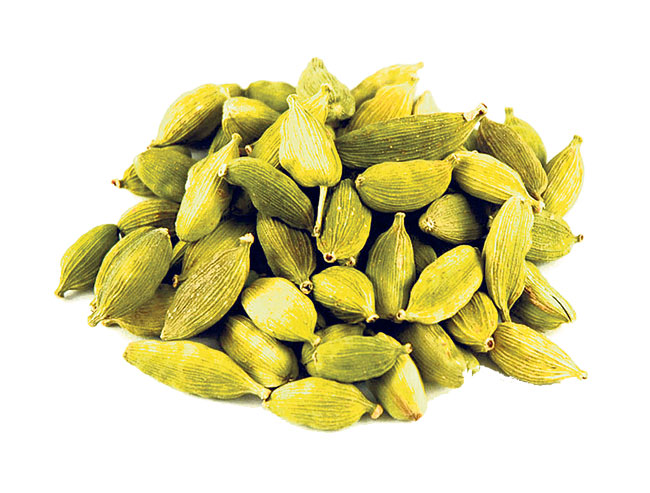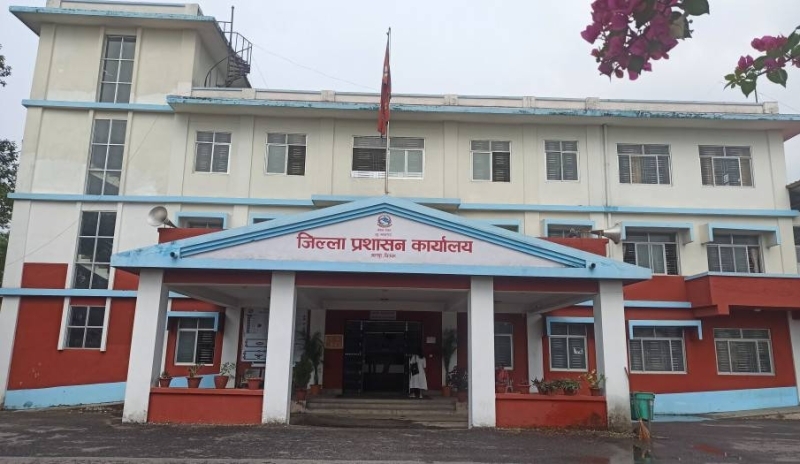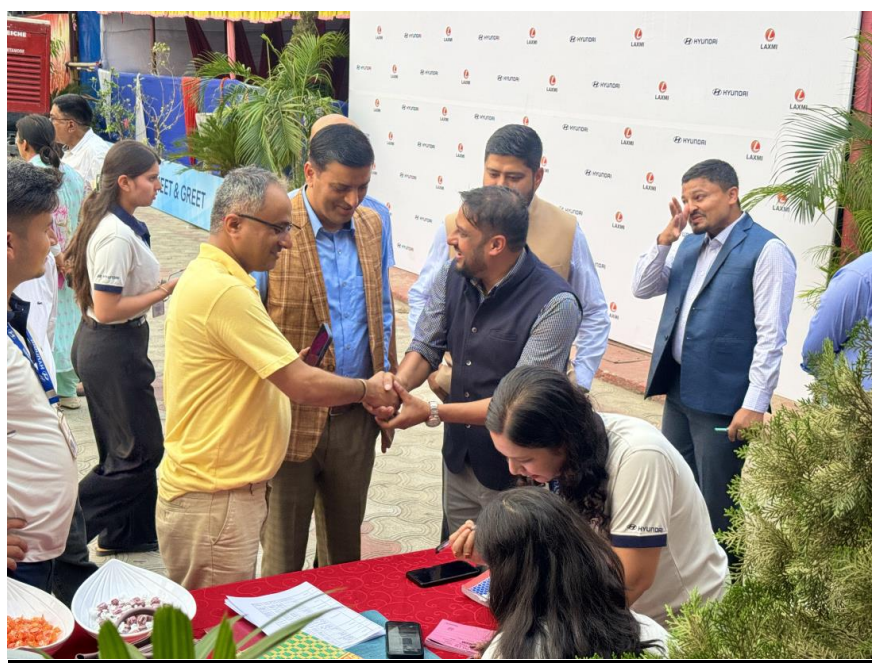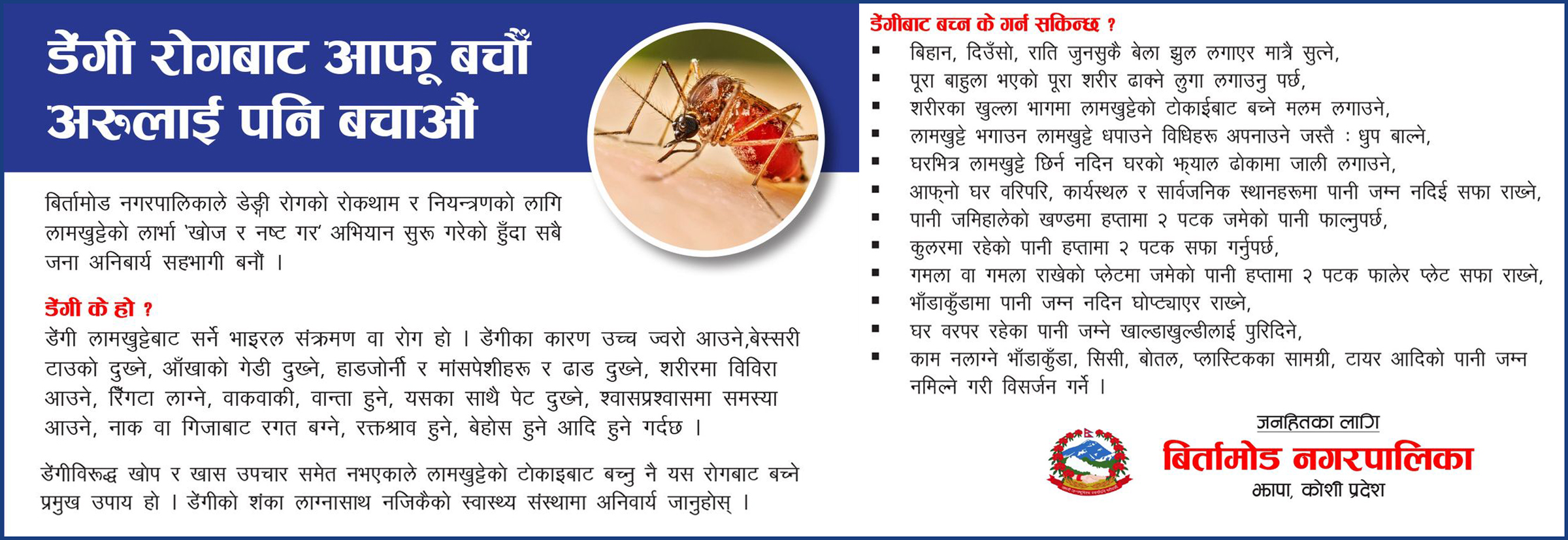
LAMJUNG : Farmers in Lamjung, emerging as a cardamom cultivation hub, have garnered Rs 240 million from the sale of cardamom this year, as reported by the implementation unit of the Prime Minister’s Agriculture Modernization Project, Lamjung. The revenue stems from the sale of 251 metric tons of cardamom seeds in the district during the fiscal year 2023/24.
Hari Bahadur Mizar, the Agriculture Officer of Project Implementation Unit Lamjung, highlighted that this income reflects the sale of cardamom at a rate of Rs 1,200 per kilogram this year. In comparison, the previous year witnessed earnings of 200 million rupees from the sale of 380 metric tons of cardamom, with prices ranging from Rs 550 to Rs 700 per kilogram in 2022/23.
Despite a decline in cardamom production, the increased pricing has resulted in the highest income for farmers in the district. In the year 2021/22, Rs 150 million was earned from the sale of 335 metric tons of cardamom, showcasing a consistent upward trajectory in earnings over the past decade.
Som Bahadur Tamang from Marsyangdi Rural Municipality-7 Ludi reported a significant increase in income this year despite a reduction in production. Tamang disclosed earning Rs 371,250 from the sale of 275 kilograms of cardamom, compared to around Rs 200,000 from selling 3.5 quintals last year.
While most farmers in the district sell cardamom at Rs 1,200 per kilogram, some villagers, including Tamang, command a higher price of Rs 1,350 per kilogram.
Despite challenges, including India’s monopoly impacting prices, farmers are experiencing relief this year with the improved pricing of cardamom. The district, cultivating cardamom across more than 1000 hectares, has been declared a cardamom zone pocket area by the project, covering Marsyangdi Rural Municipality, Bensisahar Rural Municipality, Kholasother Rural Municipality, Dordi Rural Municipality, and Dudhpokhari Rural Municipality.
Cardamom production is concentrated in specific elevations, with species like Ramshahi and Bhalange being planted at heights ranging from 700 meters to 2,200 meters in Sawne, Jirmale, Dumbar Shahi, and Golshahi.
Mizar, the agricultural officer, attributed the decreasing annual production to factors such as aging cardamom plants, farmers extracting leaves from 15/16-year-old plants, neglected plantations, and insufficient care.
Republica





